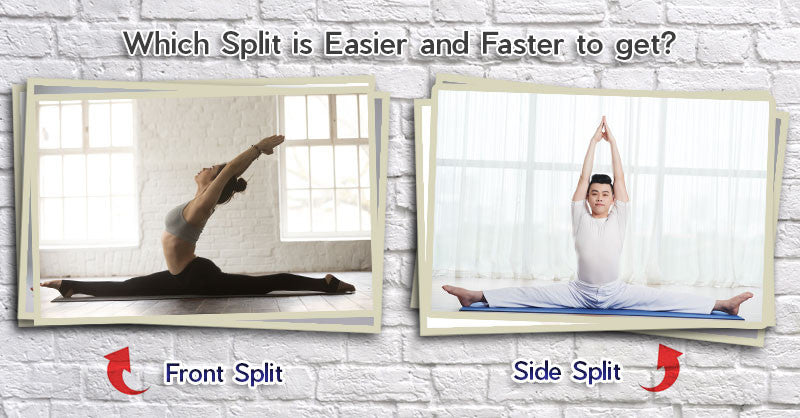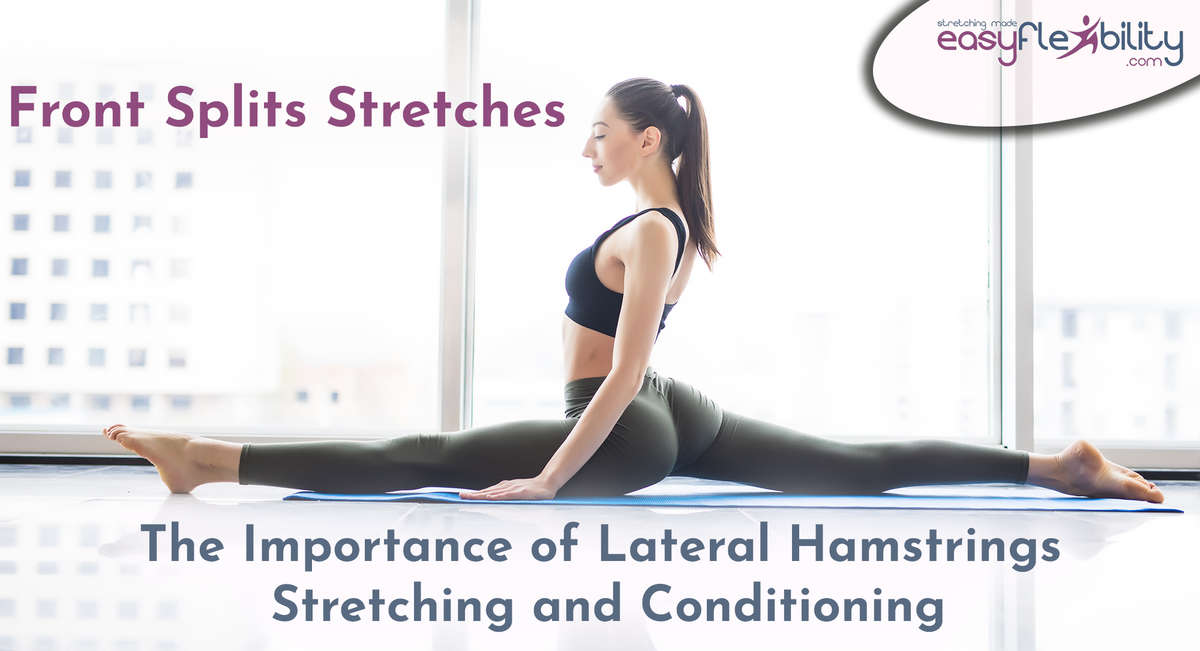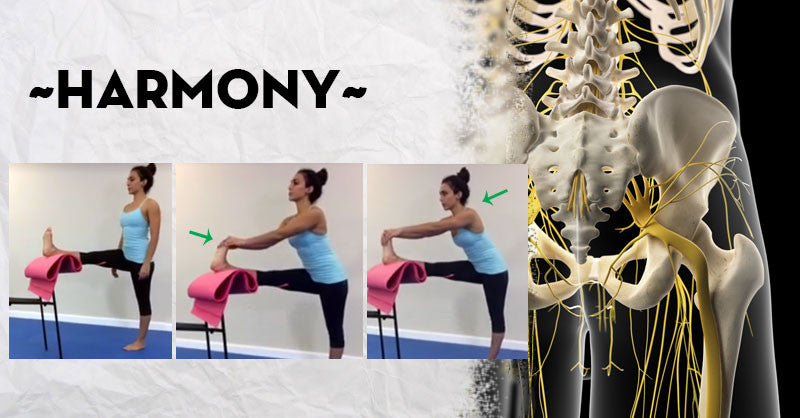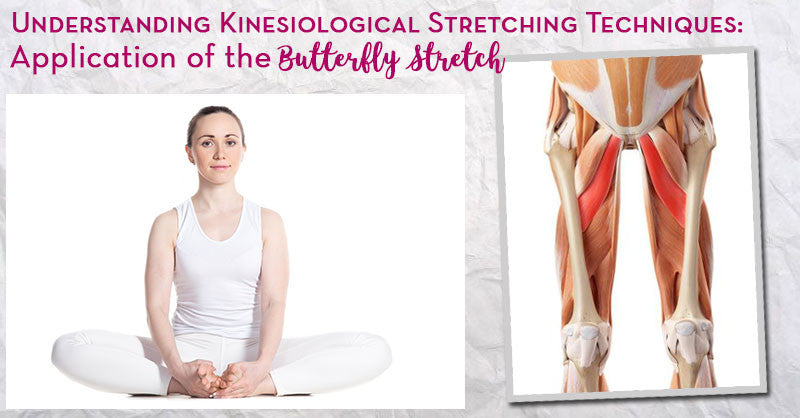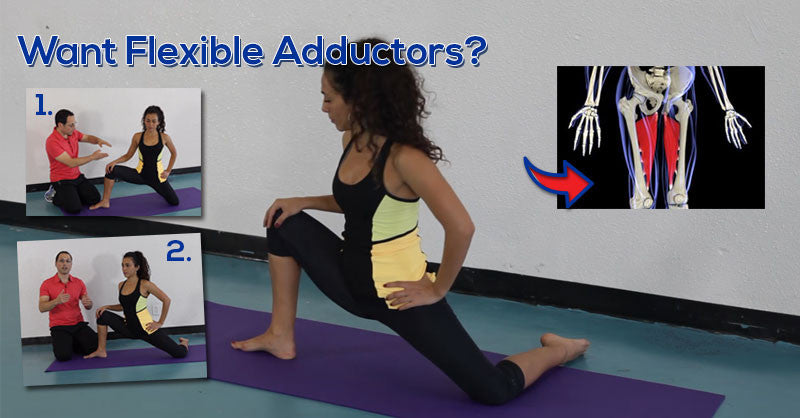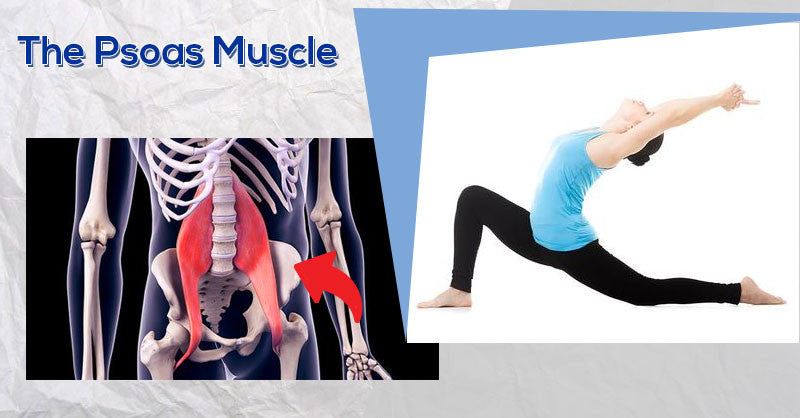Get Your Heels Down in Downward Facing Dog
Posted by EasyFlexibility Team on
How to Increase Dorsiflexion through Downward Facing Dog (Adho Mukha Svanasana)
Being a yoga practitioners requires a particular level of range of motion in the ankles that allows for fluid and speedy movement. They use the flexibility of their ankles to be longer, taller and grander. Yogis’ plantar flexion is strengthened in order to make these gains. They need ankle stability and flexibility to change positions and to move throughout poses. With yoga practitioners, dorsiflexion is often overlooked and the focus on the hamstring flexibility is emphasized.

Dorsiflexion is necessary in order to balance the benefit of plantar flexion and stabilize the ankle strength.
Often dorsiflexion exercises require a static position and pulling action for bringing the toes and foot towards the body. By using the Zaichik Stretching Technique (ZST) the ability to move the ankle through natural movement and initiate a greater range of motion in the talocrural region (ankle joint) is found.
Dorsiflexion in Downward Facing Dog
Mastering Downward Facing Dog utilizes Zaichik Stretching to make gains in dorsiflexion. By moving through the motions of Downward Facing Dog the body bypasses the neurological reflex that prohibits dorsiflexion progression once it meets the reflex end range. Here are two exercises from our Downward Facing Dog DVD that enable reaching the target of heels to the floor in the posture and demonstrate the improved dorsiflexion that is required to meet this goal.

ZS Exercise #1-Downward Facing Dog (DFD) Walking
Starting in DFD begin walking forward using your right hand and left foot. Switch to the other side using left hand and right foot. Take four DFD steps forward and then reverse the steps and DFD walk backwards. After doing one set of forward and backwards DFD walking, lower into Child’s Pose with your hips on your heels, arms extended forward, and forehead on ground.
How does this work?
By doing this exercise, the hamstrings (back of thigh muscle) and gastrocnemius (calf muscle) have the opportunity to relax through the movement. This allows for a deeper dorsiflexion stretch as the hamstring and gastrocnemius are not restricting the movement as they would when met with their end range of motion in a static stretch. This exercise can be done three to five times with resting in Child’s Pose after each set of forward and backward DFD walking.
Keep It Moving!
There are a variety of exercises that encourage greater dorsiflexion. This is only one example of how the Zaichik Stretching Technique in our Downward Facing Dog program can demonstrate the ease of movement provided through a yoga pose or exercise. Stay tuned for the next tip to get your heels closer to the floor in Downward Facing Dog if you still need an extra push after this exercise!
Watch this video to learn all the muscles involved in the Downward Facing Dog:


